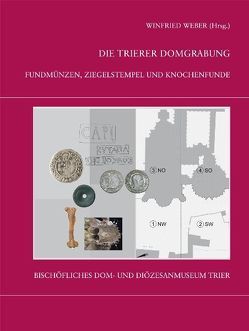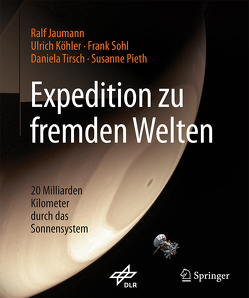Die Ausgrabungen im Dom zu Osnabrück
1866 bis 2003
Anja Bayer, Regula chorta, Jutta Göpfrich, Pieter M. Grootes, Ulrich Haarlammert, Uwe Lobbedey, Marie-Luise Schnackenburg, Anna Skriver
The Cathedral of Saint Peter at Osnabrück was the germ of the town and the last Saxon Cathedral of Charlemagne’s times uninvestigated yet. This gap is now closed by this volume with the features of 6 construction phases, the bishops’ graves, and the fragments of mural paintings. The evidence from the surroundings will be published separately. Church I was an apsidal hall of some 10 x 20 m probably built over the stone church of an 8th-century missionary cell, earlier settlements and burials with tree trunk coffins. It served as the episcopal church of the diocese founded in 795 to 805. Church II was a large basilica of the period before 833 with a transept, chancel, apse, two towers, and immediate parallels in Reichenau and St. Gallen. Building III of the 9th/10th century comprised a new transept, chancel, and apse as well as a crypt gallery. Period IV describes the rebuilding of the intersection and the chancel in the late 11th century, church V the Romanesque west bay prior to A.D. 1100. Phase VI produced the late Romanesque cathedral consecrated in 1227 to 1239. The evidence attests that the pivotal point for the mission of North Germany was Osnabrück, not Minden as had been assumed before.













































